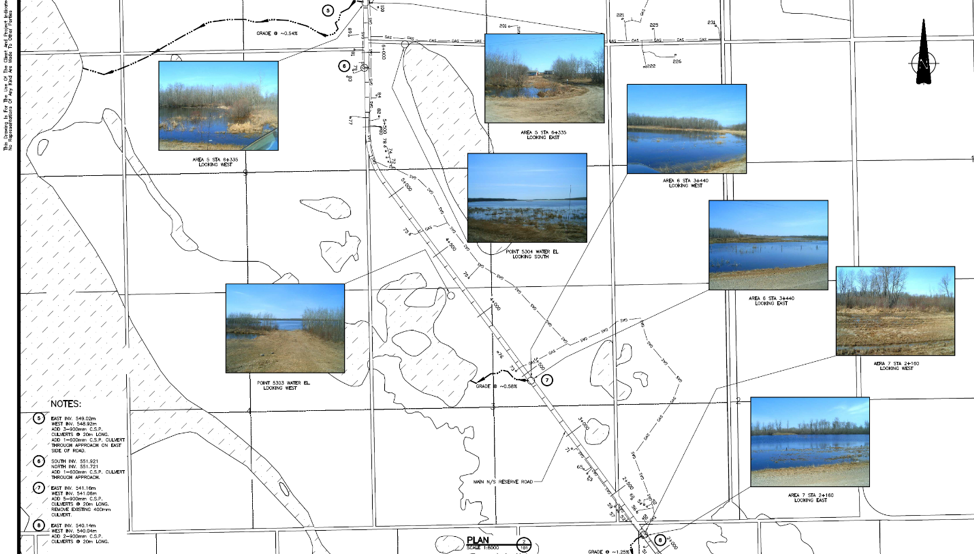Indigenous-led watershed planning is crucial for Indigenous communities to adapt to the fast pace of climate change. A watershed is a physical area that absorbs rain and snow into underground sources of water, such as, rivers, creeks, and streams, and catches the elements in lakes, oceans, and other bodies of water that are all aboveground. Watershed planning involves the decisions that people make to determine what happens to water in an entire physical region, as well as what happens to it at the local community level.
Target 15 of the 2020 Biodiversity Goals and Targets for Canada states: “By 2020, Aboriginal traditional knowledge is respected, promoted and, where made available by Aboriginal peoples, regularly, meaningfully and effectively informing biodiversity conservation and management decision-making.” Although Indigenous inclusion in state-driven biodiversity planning, such as planning for watersheds, is important, it is not at the heart of Indigenous-led watershed planning.
Values behind Indigenous-led watershed planning, which can include interconnectedness, self-determination, education, and resilience, among others, are what make Indigenous-led watershed planning different from dominating non-Indigenous watershed planning practices. For example, water is a sacred life-source and holds cultural significance for Indigenous peoples. As noted in the First Nations Integrated Watershed Planning guidebook, created by the Centre for Indigenous Environmental Resources (CIER), First Nation-led watershed planning asks different questions than non-Indigenous-led watershed planning – questions such as: “if water is alive and represents life – if we are all connected and embody an ethic of reciprocity in our decisions and daily lives – what would be the different outcomes of a watershed planning process?”
Stewardship is integral to Indigenous-led watershed planning. The National Indigenous Guardians Network (NIGN) is an Indigenous-led and Canadian federally-funded pilot project – a network of Indigenous stewards of the land, water, and ice. Inspired by a similar network of Indigenous environmental stewardship in Australia, the NGIN has engaged in watershed planning projects across Canada. Furthermore, Indigenous communities, on their own, or in partnership with universities, are creating climate adaptation plans that include watershed planning. For example, the Karuk Tribe has created its own Climate Adaptation Plan which includes practices to protect rivers and riverbeds (i.e., riparian practices). Furthermore, the Tribal Climate Tool, a partnership among Indigenous communities, including the Swinomish, and the Climate Impacts Group at the University of Washington, provides data to help Indigenous communities make their own climate adaptation decisions, by including measurements, such as rain fall and temperature.
Indigenous-led watershed planning can strike a balance among diverse cultural values, as well as needs of the natural environment, and of Indigenous communities. Some communities may consider including economic development priorities in their watershed plans too, such as energy conservation and generation projects, while protecting Traditional Ecological Knowledge (TEK). Climate adaptation plans that are rooted in both present needs and values and future aspirations, enable Indigenous communities to adapt to environmental changes as they happen, and hold the potential to enable Indigenous people to adapt to climate change better than ever before.
By Leela Viswanathan






